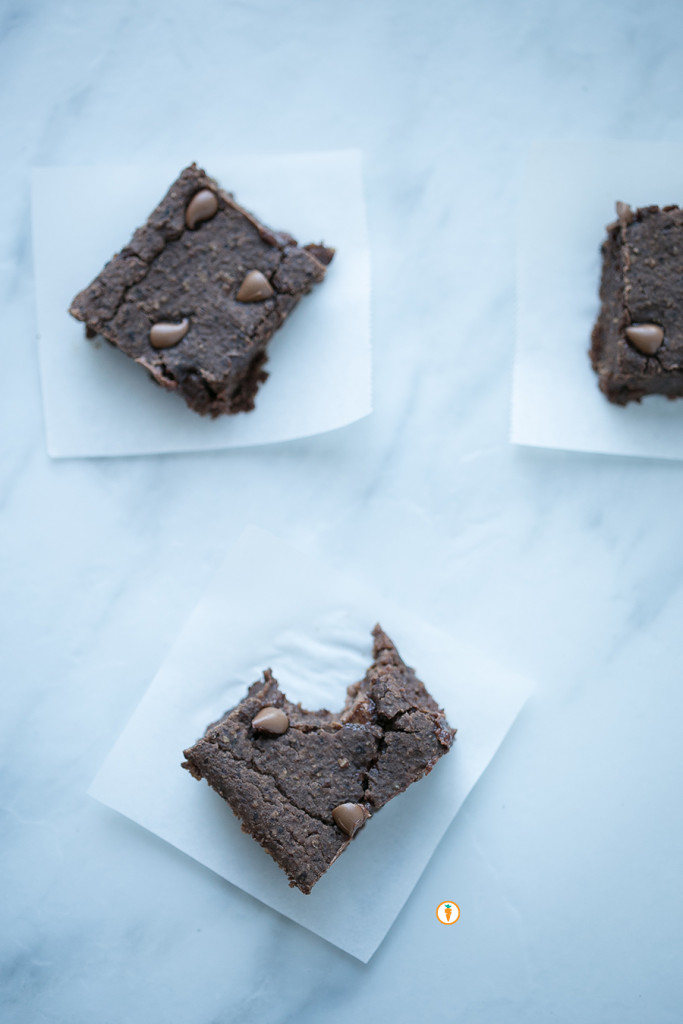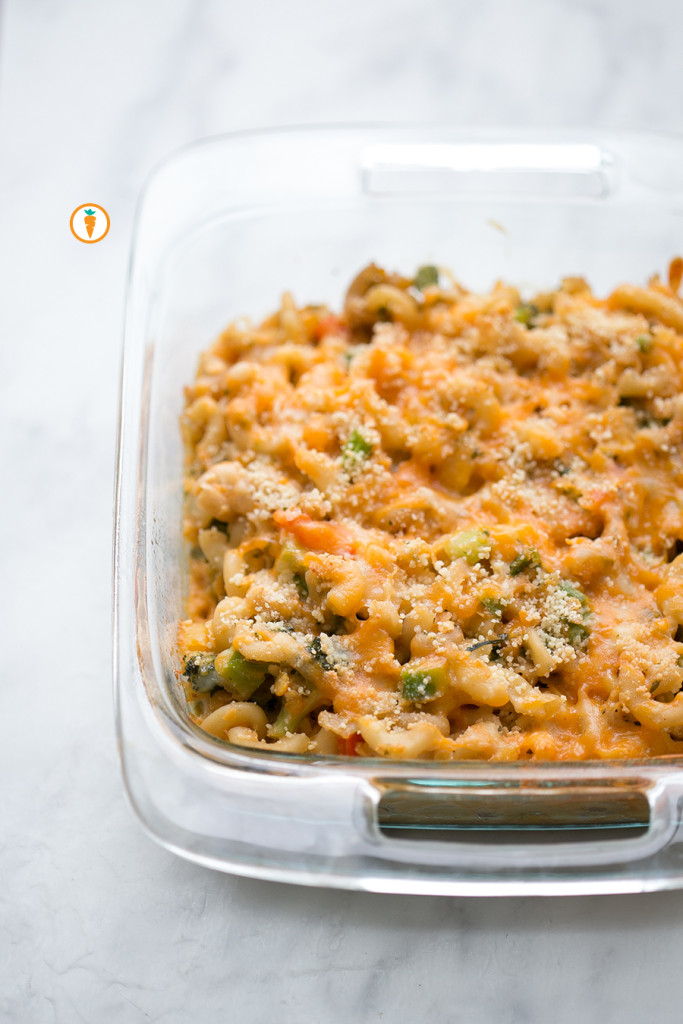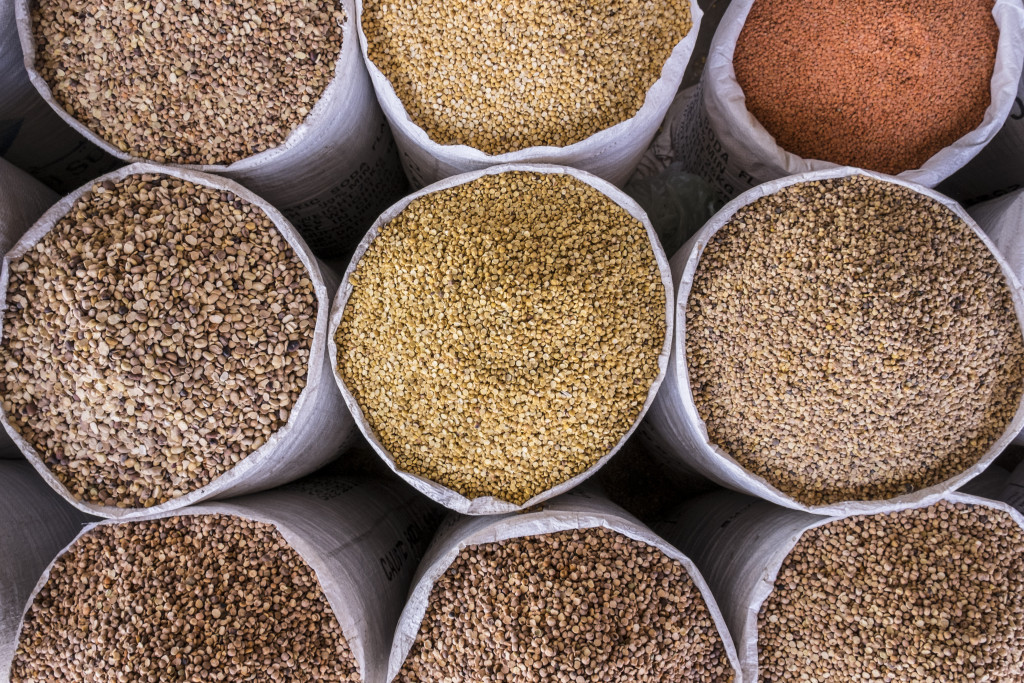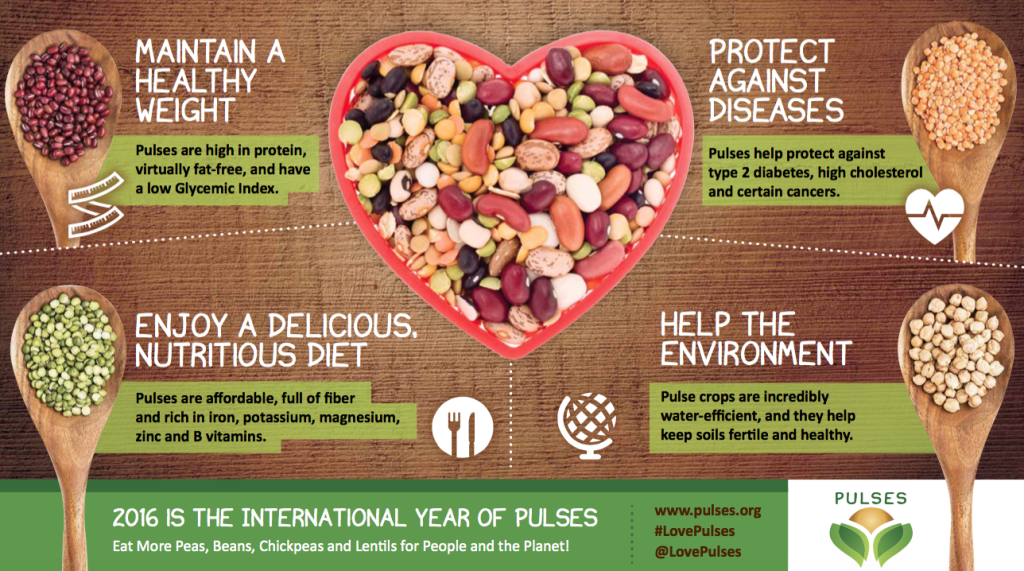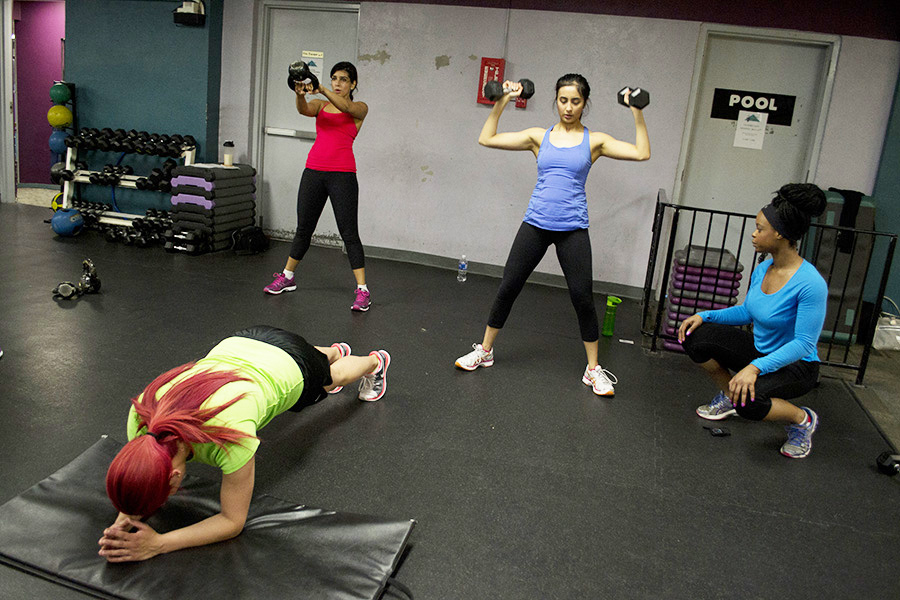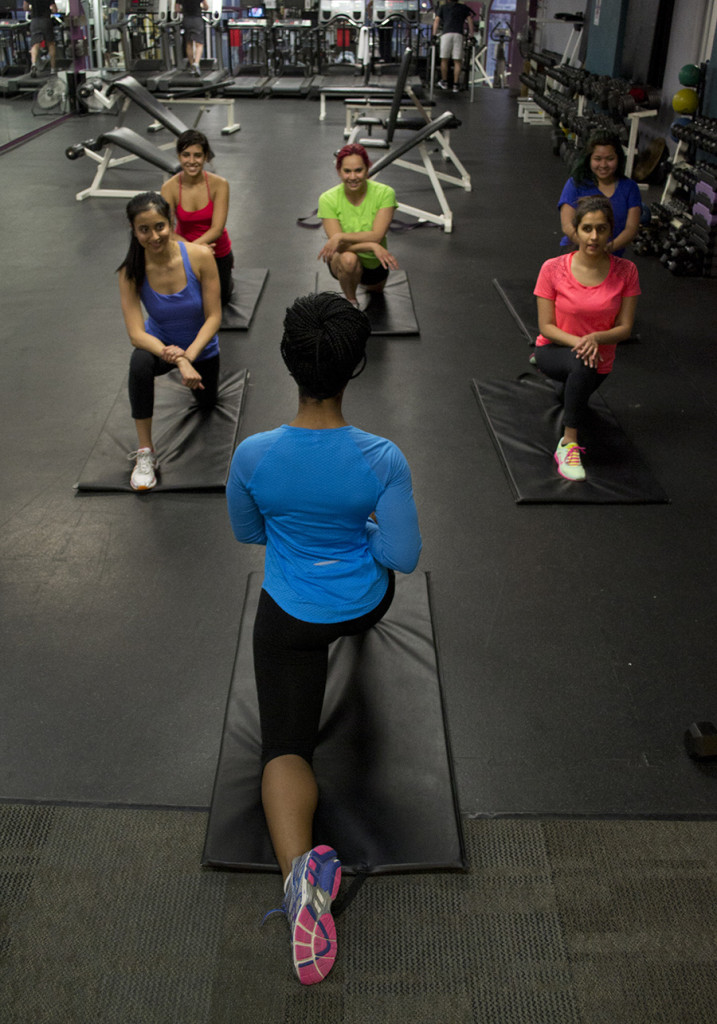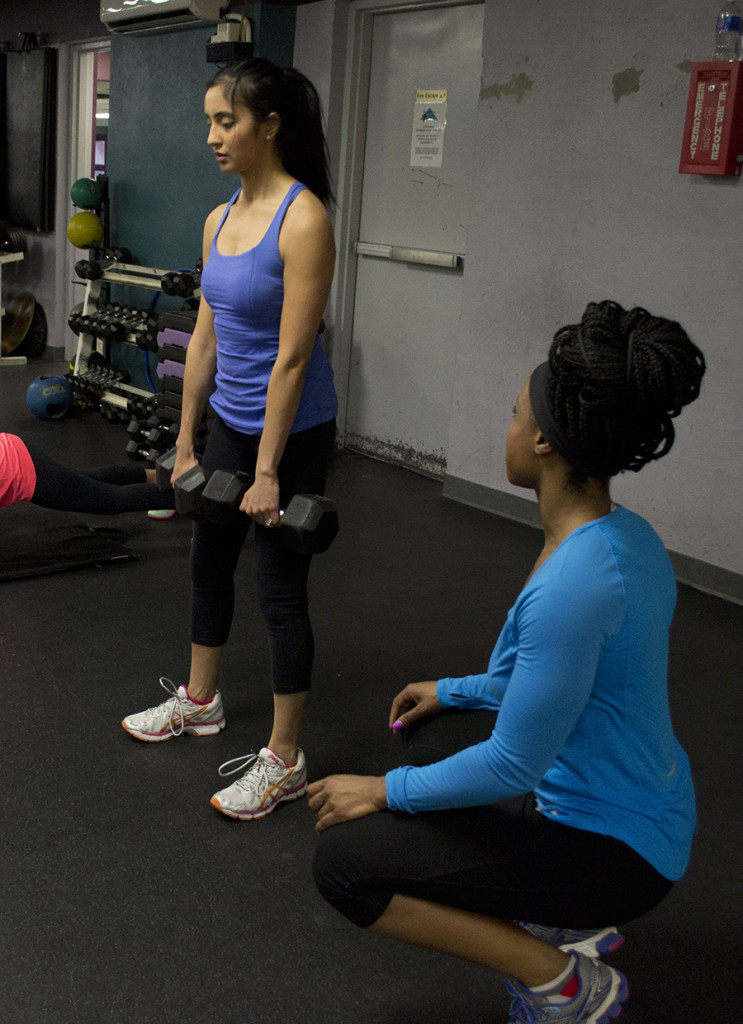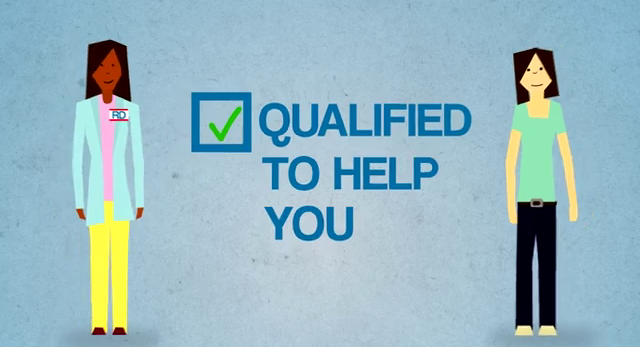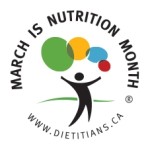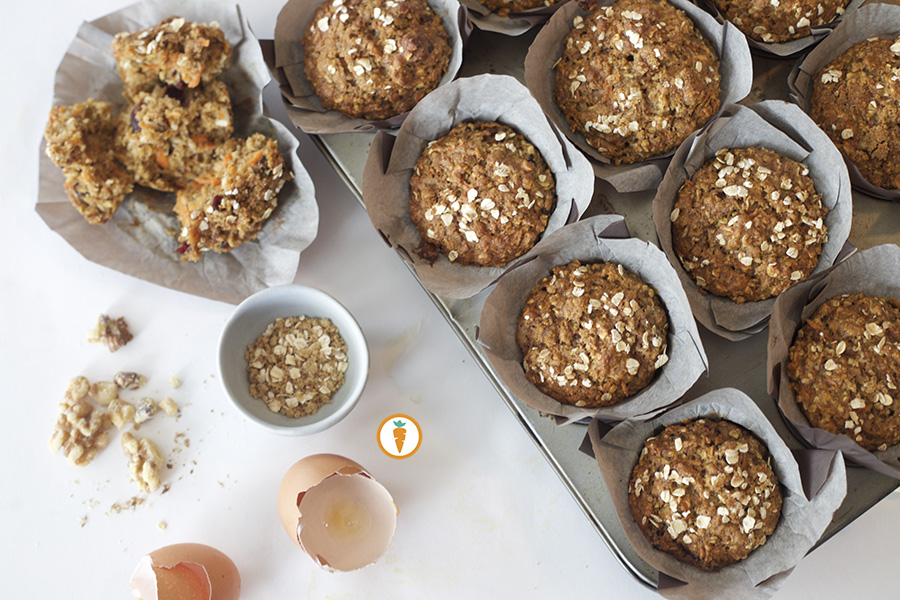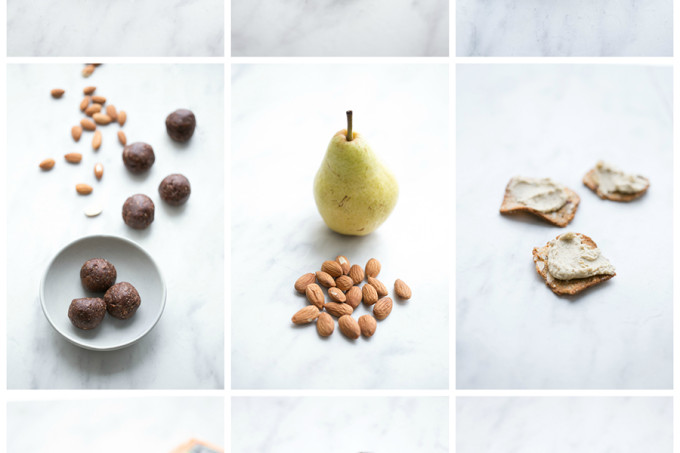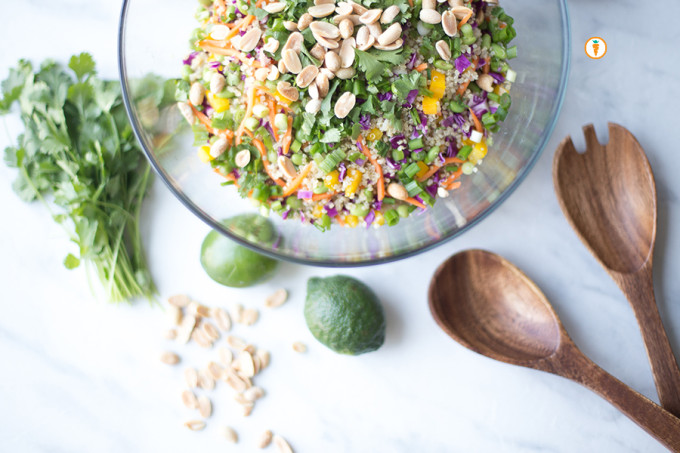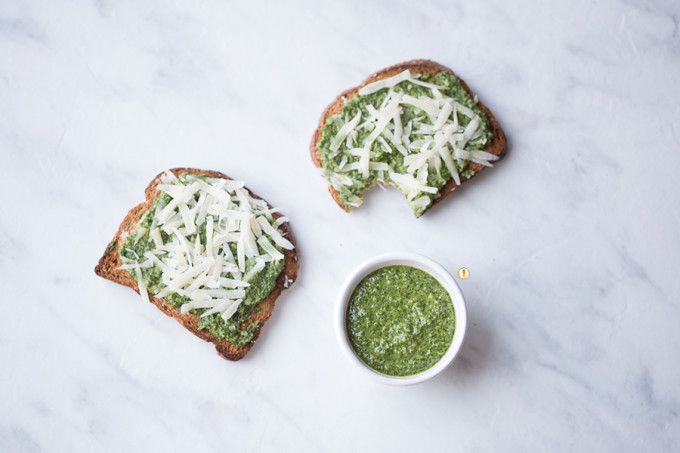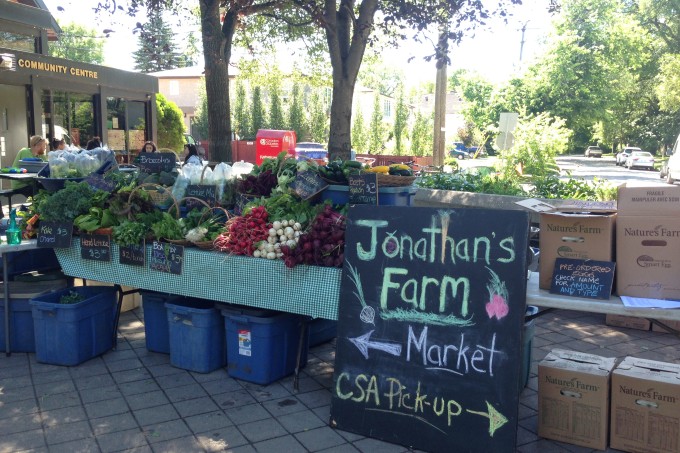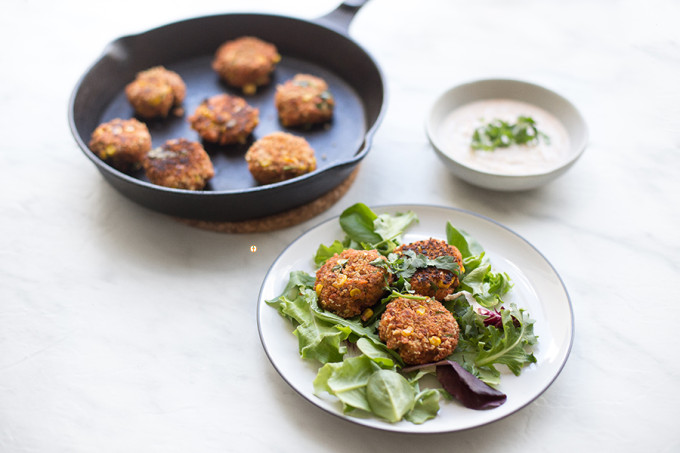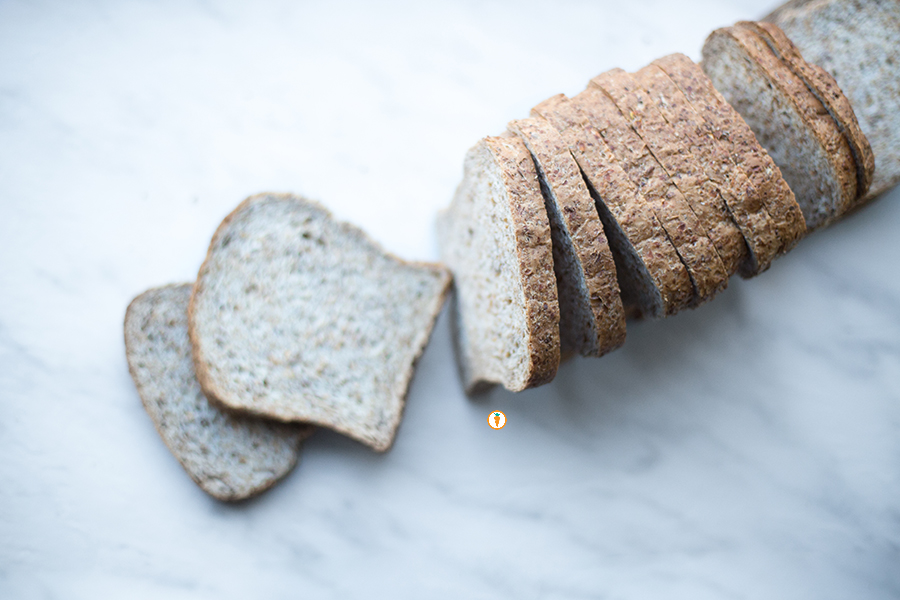 A couple of posts back we talked about the goodness of whole grains and why grain-excluding diets aren’t so great after all. Today we’re going to shift your focus and delve into the increasingly popular gluten-free diet trend that has everyone going cross-eyed with confusion.
A couple of posts back we talked about the goodness of whole grains and why grain-excluding diets aren’t so great after all. Today we’re going to shift your focus and delve into the increasingly popular gluten-free diet trend that has everyone going cross-eyed with confusion.
WHAT ON EARTH IS GLUTEN?
Well, I guess clarifying things would help. Let’s pause. Contrary to popular belief (thanks to loads and loads of marketing and misinformation) it is not some horrifyingly fattening, health-impeding substance that will cause you to drop dead. Gluten is a protein found in the center (endosperm) of wheat, barley, and rye. Physically speaking, it helps the grain maintain it’s shape and elasticity when used in baking or cooking.
NOT FOR EVERYONE
As wonderful as whole grains are (as previously established here), there are a few instances where they are not well tolerated. Celiac disease for example is an auto-immune disorder that affects 1% of the Canadian population. With this condition, gluten proteins are not digested or absorbed, leading to some pretty unpleasant symptoms and in severe cases, anaphylactic shock – yikes! Remember, in Celiac Disease there is an immune response.
To make matters more confusing we are also noticing a number of folks struggling with non-celiac gluten sensitivity. Symptoms are similar to those of celiac disease but luckily the overall clinical picture is less severe. Folks with a non-celiac gluten sensitivity don’t experience an immune response per se, but they may feel groggy, bloated, experience pain, headaches etc when gluten is ingested. In these cases it is always best to STAY CLEAR of wheat.
If you suspect you have a gluten sensitivity or celiac disease, contact a physician or Registered Dietitian to get some help.
BUYER BEWARE: GLUTEN-FREE vs HEALTHY
As the incidence of celiac disease increases, more and more gluten-free products are constantly becoming available on supermarket shelves. With this shift in the market, gluten-free products have been promoted as “healthy” or “trendy”, which is confusing to the average consumer. Note to self: the words “gluten-free” in bold on a package is not code for healthy. Gluten-free products when refined (ex. white rice crackers) can be just as harmful as the refined, gluten-containing grains described in the previous post.
For those who have trouble tolerating gluten, I recommend experimenting with gluten-free options such as amaranth, buckwheat, uncontaminated oats, quinoa or brown rice pasta to create healthy snacks and meals at home.
BUT IF I GO GLUTEN-FREE, I’LL LOSE WEIGHT RIGHT?
Think of it this way: when a person with celiac disease is properly diagnosed and begins a prescribed gluten-free diet, they may in fact gain weight since the malabsorption that was once happening subsides and they are better equipped to absorb the nutrients and calories they have been consuming. You heard me right! – gluten-free diets were actually intended for people to maintain their ideal weight, sometimes meaning weight gain.
Whether or not you lose weight on a gluten-free diet all depends on how you go gluten-free. Giving the boot to gluten-containing refined grains like white-flour bagels, pasta, and crackers, and processed snacks will definitely be an effective weight loss method if you are replacing them with wholesome, high fiber alternatives. However, if these gluten rich foods are replaced by hyper-processed gluten-free products weight loss isn’t a guarantee. Besides, it never truly is.
FREE GLUTEN
The stigma surrounding gluten deserves to be squashed! Consider how silly this sounds: “My friend is allergic to peanuts – therefore they must be terrible for my health and I must give them up immediately!” That would never fly in one million years – so why would we apply this mentality with gluten? (on a side note: you would have to pry the jar of PB out of my cold dead hands before I would give it up).
The takeaway:
whole grain, gluten-containing foods are absolutely A-OKAY in our books. Unless you have been properly diagnosed with an allergy or intolerance keep munching on whole-grain goodness!
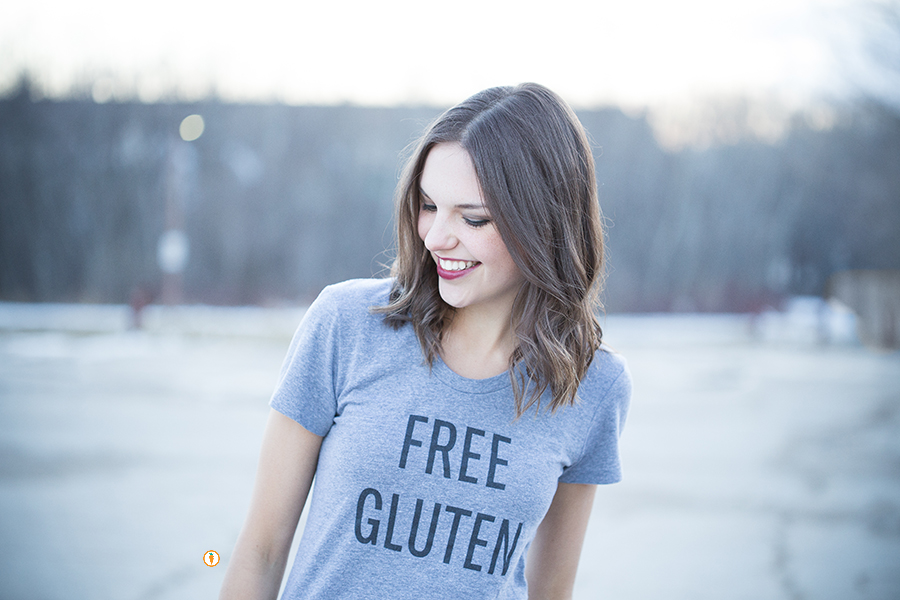
That’s Ceone rocking some gluten love.
If you’re not in a rush to leave this blog page, check out this video by Jimmy Fallon. Jimmy is notorious for his comedic ways, pranks and well, making us laugh a little more in our day. Enjoy.
Food photography and blog post written/captured by a talented student volunteer, Ceone Dyck. To learn more about Ceone click here or follow her on Facebook.
Don’t forget to follow Carrots and Cake on Instagram to see tiny square snap shots of my life.
– With Love, Carrots and Cake,

